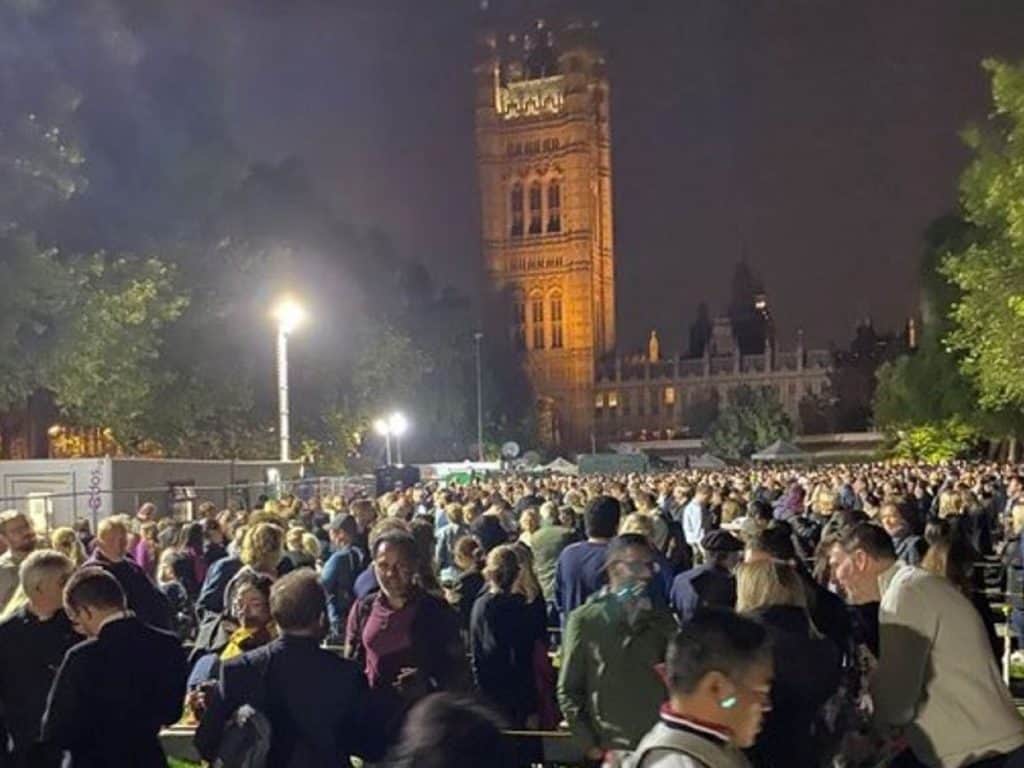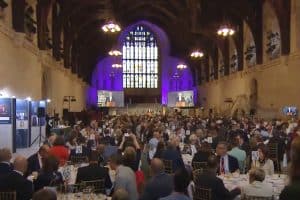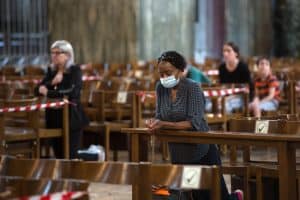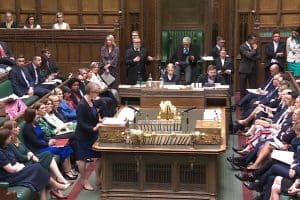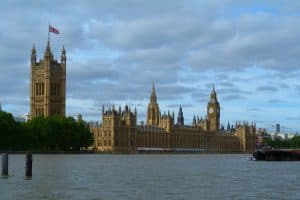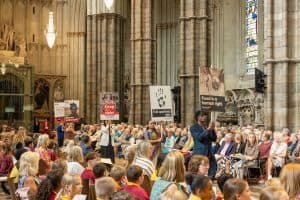Catherine Pepinster shares her experience of queuing for the Lying in State of Queen Elizabeth II
We waited for hours for one fleeting moment — sharing in that very British pastime of queuing, to join in a collective tribute to Queen Elizabeth II as her coffin lay in state at Westminster Hall. And what a mixed, multicultural, multifaith group of people the British are, going by the crowd I joined.
There were old soldiers in their regimental berets, young men in their Jewish yamulkas, women in hajibs, people from Cambridge, others from the Midlands, and plenty who’d taken the first Tube trains of the day from the London suburbs. This morning they made the country seem a united kingdom.
Arriving at 6am, we joined the queue — thanks to the government queue tracker showing us where its tail could be found —at Blackfriars Bridge. There were marshals saying good morning, first aid volunteers on hand and police officers with little to do, as people walked slowly, talking to the people they found themselves alongside.
A retired GP from Bucks spoke to a shop assistant from Sydenham; a parliamentary intern chatted to a PR from west London. These were not profound conversations about deeply held beliefs or philosophical debates about the meaning of monarchy, but people making connections between their own experiences and the past week.
Mostly, they seemed to reconnect with people they loved and lost through their loss of the Queen, remembering their own parents as well as people who died in recent times because of Covid.
The link was made with what has gone before as well. One woman recalled how her own mother went to the lying in state of the Queen’s father, George VI, so felt it was right to attend that of Elizabeth II. Others wanted to be part of an occasion that would form part of history, or to honour the only monarch they had ever known.
And then, after four hours, it was our time to walk down the steps and into Westminster Hall. We went from that chatter of the outside world into the spectacle of royalty: surrounded by Yeoman Warders and the Household Cavalry who never moved an inch, the coffin was adorned by the Imperial State Crown.
But even more extraordinary a sight was the sceptre and orb atop the coffin — the first time since Elizabeth II held them during her 1953 coronation that they had been back in her presence. The sceptre signified justice and mercy, while the orb was there to symbolise with its sphere topped with a cross, that everything and everyone including a monarch are under Christ. There was a cross upon the Imperial State Crown, too, and another at the foot of the coffin: this was most definitely a Christian monarch’s lying in state.
Above all, it was not the grandeur that was so startling. It was the full enveloping silence as people processed past the coffin. The fleeting moment seemed much more than a mere glance; this was a time of contemplation, rather like a pilgrimage.
Then the pilgrims of all faiths and none headed back out into London, to be swallowed by the bustle, rush and noise.
Catherine Pepinster is the author of Defenders of the Faith: The British Monarchy, Religion and the Next Coronation, published by Hodder and Stoughton

